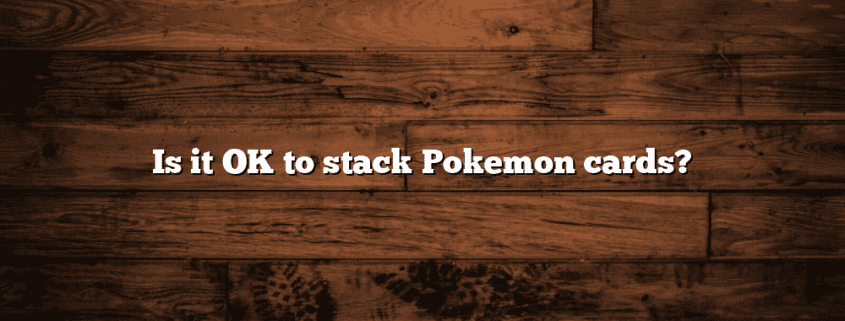What does K mean on a Pokemon card?
What Does “K” Mean on a Pokemon Card?
Pokemon cards have been a popular collectible item for decades, captivating both children and adults alike. Each card is adorned with various symbols and numbers, but one symbol that often raises questions is the letter “K.” What does it mean? In this article, we will delve into the significance of the “K” on a Pokemon card and explore its various interpretations.
The Basics of Pokemon Cards
Before we dive into the meaning of the “K” symbol, let’s first understand the basics of Pokemon cards. Pokemon cards are part of the Pokemon Trading Card Game (TCG), which was first introduced in 1996. The game revolves around players using their decks of Pokemon cards to battle against each other.
Each Pokemon card features a unique creature, known as a Pokemon, along with its name, type, hit points (HP), attacks, and other relevant information. The cards are categorized into different rarities, such as common, uncommon, rare, and ultra-rare, which determine their availability and value.
The “K” Symbol on Pokemon Cards
Now, let’s address the main question: what does the “K” symbol mean on a Pokemon card? The “K” symbol is an abbreviation for “kilo,” which represents 1,000. It is used to denote the attack damage inflicted by a Pokemon’s attack.
Each attack on a Pokemon card has a numerical value associated with it, indicating the amount of damage it can deal to the opponent’s Pokemon. The “K” symbol is placed after this numerical value to signify that it should be multiplied by 1,000.
For example, if a Pokemon’s attack has a value of 50K, it means that the attack can deal 50,000 points of damage. This notation is used to simplify the representation of large numbers, making it easier for players to understand and calculate the damage during battles.
Why Use the “K” Symbol?
The use of the “K” symbol on Pokemon cards serves several purposes:
- Simplicity: By using the “K” symbol, the representation of large numbers becomes more concise and easier to read. It eliminates the need for excessive zeros, making the card text less cluttered.
- Consistency: The “K” symbol ensures consistency across all Pokemon cards. Regardless of the attack’s damage value, players can quickly identify and understand the magnitude of the damage.
- Standardization: The “K” symbol is a standardized notation used in various fields to represent thousands. By adopting this symbol, the Pokemon TCG aligns itself with a widely recognized convention.
Examples of the “K” Symbol in Action
Let’s explore a few examples to illustrate how the “K” symbol is used on Pokemon cards:
- Example 1: Pikachu’s Thunderbolt attack has a damage value of 100K. This means that the attack can deal 100,000 points of damage to the opponent’s Pokemon.
- Example 2: Charizard’s Flamethrower attack has a damage value of 120K. Therefore, it can inflict 120,000 points of damage.
- Example 3: Blastoise’s Hydro Pump attack has a damage value of 150K, indicating that it can cause 150,000 points of damage.
Conclusion
The “K” symbol on a Pokemon card represents the multiplication of the attack’s damage value by 1,000. It simplifies the representation of large numbers and ensures consistency and standardization across all Pokemon cards. By understanding the meaning of the “K” symbol, players can better strategize their battles and appreciate the intricacies of the Pokemon TCG.
So, the next time you come across a Pokemon card with a “K” symbol, you can confidently decipher its significance and continue your journey as a Pokemon trainer.










